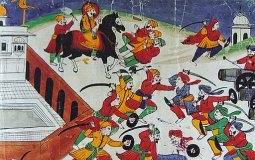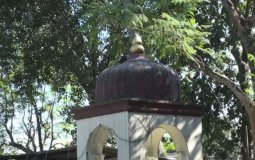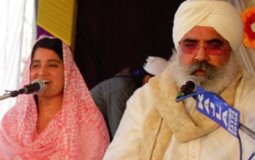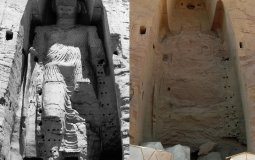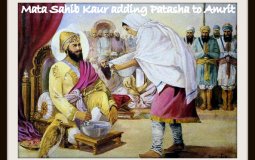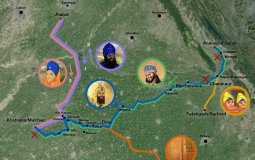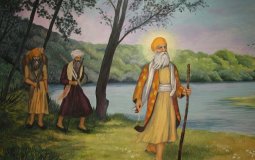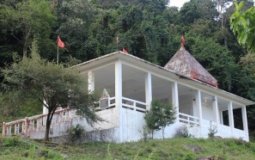This March, for Women’s History Month, the Ms. Blog is profiling Wonder Women who have made history—and those who are making history right now. Join us each day as we bring you the stories of iconic and soon-to-be-famous feminist change-makers.
The monument at the place of burial of Loonia Siddh at the bank of river Dikhow points to the place of Guru Nanak's visit since the Guru's followers maintained the place of Guru's visit wherever the Guru went and Nazira was such a place of Guru's visit.
Kids of all ages (and adults, too) benefit from being read to, including even babies and toddlers.
In fact here we were doing kirtan in the Guru's sangat. I was so glad when they stayed on to listen to our kirtan and left after some very warm hugs.
We continue to preach against statues, icons and pictures and yet most Sikh homes continue to display the image of one or more Gurus.
The magic, the meaning and the measure of a life - indeed of history - are found not in the celebration of an individual or an event, but in the interpretation. History is a narrative. What does it tell us about the time that Guru Nanak trod this earth, particularly about the place of women?
As we worked on the script for KAUR, being a stickler for details, I wanted to actually chart on a map the journey that they took. The more we charted the history, the less the story most people know made sense.
The reason of travels of Guru Nanak has been described by Bhai Gurdas in his first 'var' (verse) to redeem the 'the four lands and nine regions' and to convey the True message of the Lord.
With the development of number of sites of Sikh Gurdwaras in Assam and Arunachal, Brahm Kund may be developed into a Sikh pilgrimage centre and a Gurdwara commemorating Guru Nanak's visit to the place may come up sooner or later.
